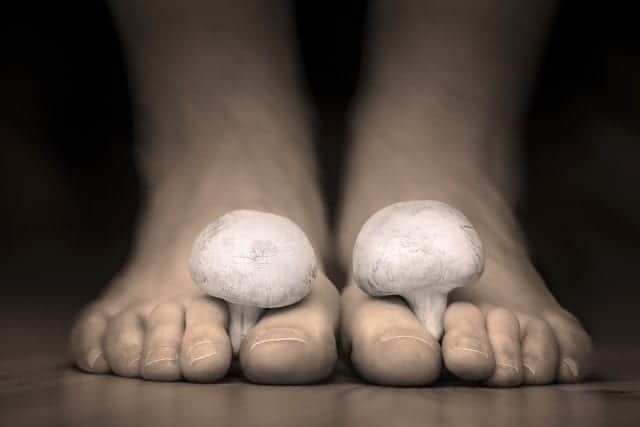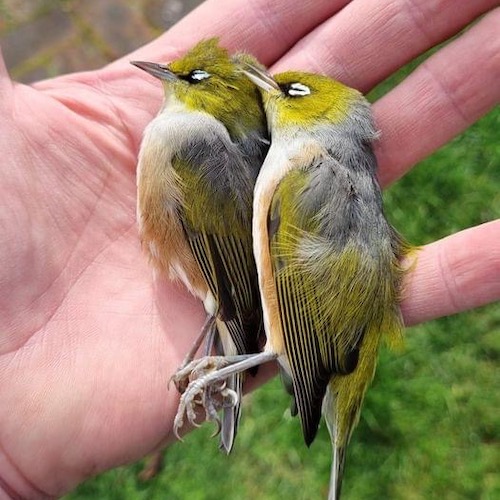
This week’s guest post is from Tsahallah Dror who assists people who suffer from different skin issues and is the creator of Beauty Fields NZ.
Athlete’s foot
Athlete’s foot is probably the most common skin condition in the foot’s skin. Around 70% of adults will have it at least once. Also called Tinea Pedis, it’s usually called athlete’s foot because it’s common in sweating feet, you do not necessarily have to be an athlete.
Tinea pedis is a fungal infection and fungi are very stubborn. In the past it was considered incurable. Even after you think it’s gone, it can come back after weeks or months.
The symptoms of the fungi
The fungus that attacks the foot is called dermatophyte and it feeds on the keratin in the skin. It’ll usually start between the 4th and 5th fingers but can be anywhere on the foot, even spread to the legs and on the hair which is also rich in keratin.
The symptoms are mainly redness and distressing itch, if not treated it tends to spread and eventually reach the nails, mainly the toenail which is the thickest and provides a lot of yummy food for the fungi.
The fungi causes deformations in the toenail and this can lead to ingrown toenail which is painful on top of everything so far.
The condition is very contagious and itchy so as you scratch it it can pass to your hands and fingernails, then on to your groin or other parts of your body.
Bottom line: You better treat this fungus, it won’t go away, and it’ll only get worse.
How to prevent athlete’s foot
This fungi is very contagious so hygiene is very important. It also likes dark moist places like closed shoes so drying and ventilating are key.
1. Keep your feet clean and dry, especially between the nails, use talc if you wear gumboots or closed shoes.
2. Change socks every day and let your shoes ventilate properly.
3. Sleep barefoot to ventilate your feet.
4. Do not use the shoes of someone who has athlete’s foot.
5. Use plastic shoes in shared showers or swimming pools. You can’t get it while swimming in the pool but can get it while walking barefoot around it.
6. If you have the fungi it’s a good idea to use plastic shoes yourself in your home shower to protect your family.
7. When possible, wear shoes that have ventilation and won’t trap moisture.
Conventional treatment
Creams, sprays, powders and ointments – Some treatments just stop the expansion of the fungi and delay its reappearance while others are more effective. You can buy these at your pharmacy so no prescription is needed. These treatments can be effective in mild cases.
Prescription medicines – For harder cases ask your doctor to diagnose the fungi – sometimes this will involve sending a sample to a lab for testing. Your doctor can give you stronger ointments or even pills in severe cases. Be aware that some oral medications can be harmful to your liver and you may need regular blood tests while on these to check your liver function.
Nail removal – Mainly in cases of ingrown nail.
Laser treatment – Some private clinics offer to get rid of the fungi by laser treatment.
Unfortunately no treatment can guarantee that the fungi won’t come back – in at least in 1 in 4 cases it will recur.
Natural solutions
Vinegar – Apple cider vinegar 1 cup vinegar per 2 cups warm water, soak your feet for 20 minutes every day.
Vinegar and warm water work well to soften the skin and nails which will then let the essential oils go deeper.
Tea tree essential oil – Maybe the most famous natural solution for fungi. Not very effective on its own, certainly not for toenail fungus but might bring some relief.
Cinnamon or clove essential oil – Dilute with a base oil and apply daily.
Or you can try this home remedy using baking soda and borax.
There are also a couple of recommendations from Wendyl’s book Recipes For A Cleaner Life
Try crushing a clove of garlic into two tablespoons of olive oil, cover and leave for a few days. Strain the oil and rub on the infected area once a day.
To keep fungi away sprinkle Green Goddess Premium Baking Soda on your feet and between your toes after drying them thoroughly. The baking soda helps to absorb moisture and can also fight the fungus while deodorising.





About The Author: Callumfatweb
More posts by Callumfatweb